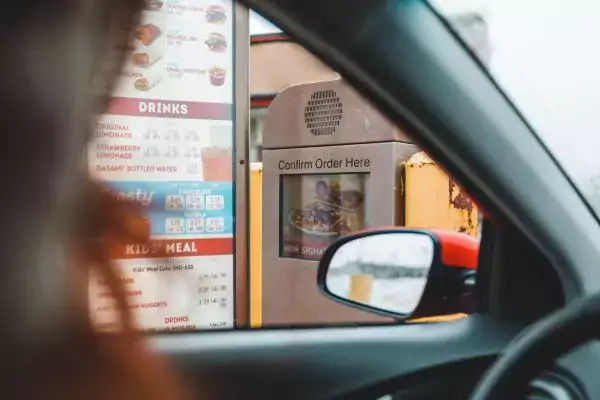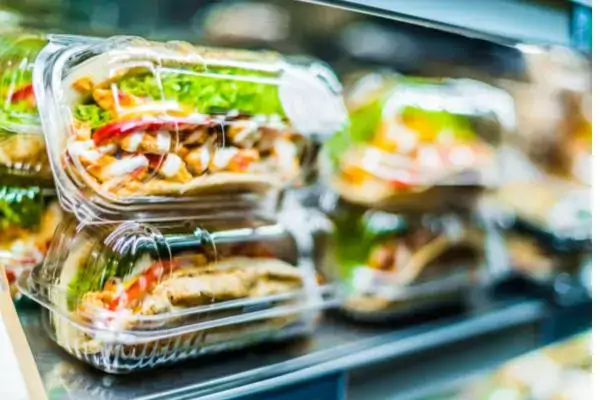I recently encountered an interesting comparison to being a multi-unit franchisee. For some people, it’s like having a tattoo—they find they can’t have just one!
In fact, multi-unit franchisees account for 53% of the 450,000 franchise units in the U.S. and 76.5% of franchised restaurants, according to FranData. A report by Entrepreneur explains how multi-unit franchises used to be rare. The climate changed during the Great Recession when franchise brands saw that small operators of one or two units were struggling. Working with larger franchisees proved to be easier, considering their existing relationships with vendors and realtors and their ability to rapidly expand across a region.
One multi-unit franchisor put it this way: “If we build 50 restaurants, we don’t want 50 partners. It takes as much energy to manage 50 franchisees as it does 300. We want the sophistication of our partners to be as good or better than we are.”
In fact, many brands now have multi-unit signup deals for franchisees who are new to brand, but not new to the game. There are numerous advantages offered in these deals:
- Higher profits (more locations = more revenue)
- Better access to capital
- Shared marketing
- Lower infrastructure and human resources costs
- Lower costs due to greater buying and negotiating power with vendors/suppliers
Increased Uniformity to Build Your Brand
Multi–unit franchisees begin to develop turn-key business models for what works best. A business plan on paper is one thing; in practice, it can become something very different. The business acumen of a multi-unit franchisee increases as he/she experiences new events—both positive and negative—that impact business. When one of these events occurs, it’s not enough to chalk it up to experience and say, “I’ll know for next time!” You improve your business by documenting the experience. Take notes, capture your surroundings with a photo, and share the information with store managers in your network. Also document how you responded to the event and what you learned from the experience. Let’s consider a scenario of what might happen in day-to-day operations:- You receive a notification that one of your locations ran out of a product or ingredient because a vendor failed to deliver.
- Rather than look up a telephone number or find a computer, the store manager has a mobile form ready to go on their smartphone. In addition, they attach a photo to show the out-of-stock.
- The vendor is notified in real time of the exception. Faced with visual evidence, they comply with contract execution and notify their driver to make a stop.
Over time, you’ll begin to see patterns of historical analytics of exceptions. Maybe the out-of-stock is occurring during a certain day of the week, and the delivery schedule with the vendor needs to be readjusted. Information will be documented and stored to help you make a more informed decision. You’ll be able to adjust your processes and better train staff, if necessary.
While it’s wise to “expect the unexpected,” you’ll have a uniform process of handling many common challenges that arise. So, while multi-unit franchising may be like getting more than one tattoo, just know that day-to-day operations aren’t permanent. When franchisees are frustrated by something or notice inefficiencies, they should have the tools necessary to help them adjust in real time.Subscribe to our blog
You are now subscribed!


